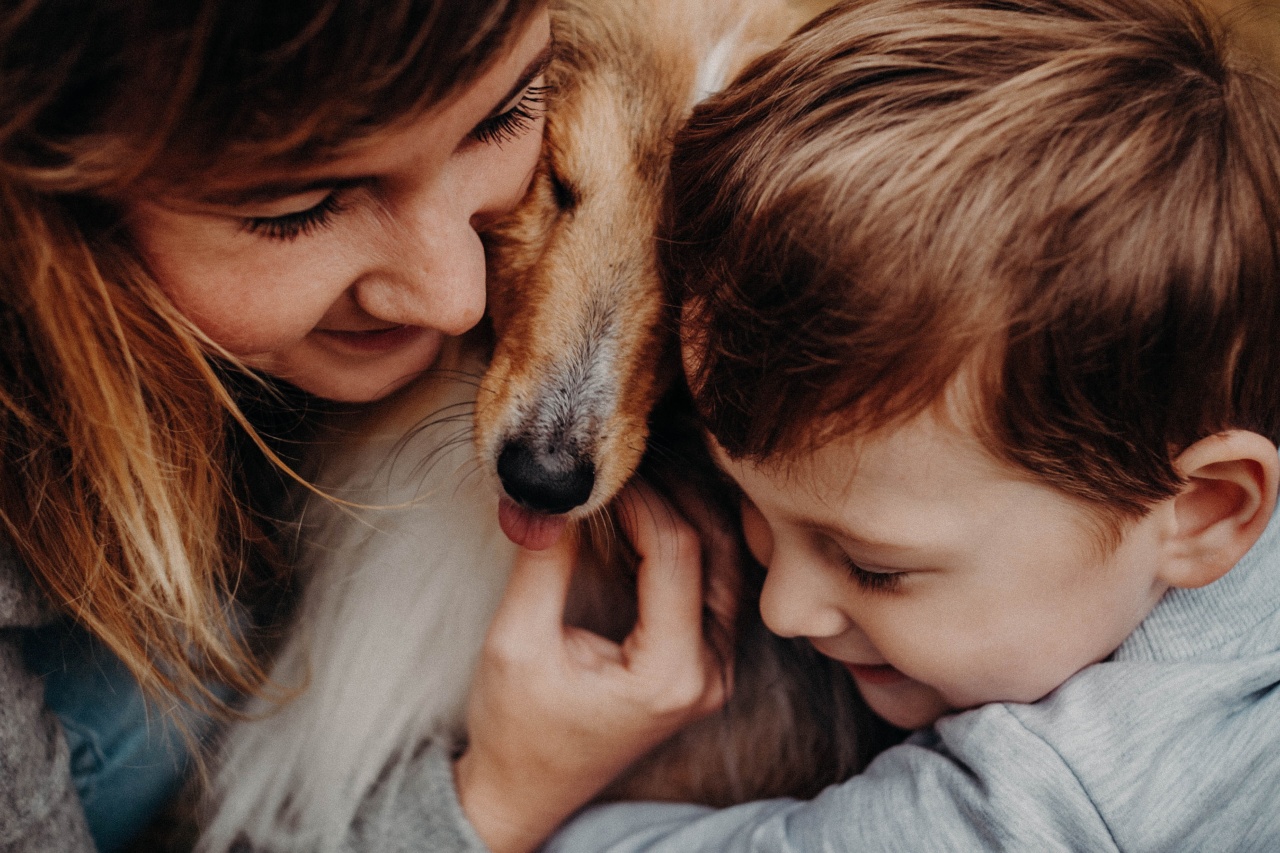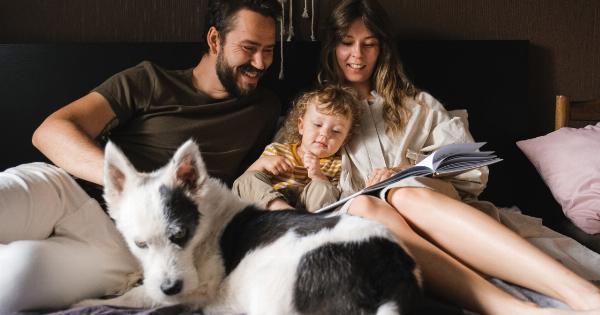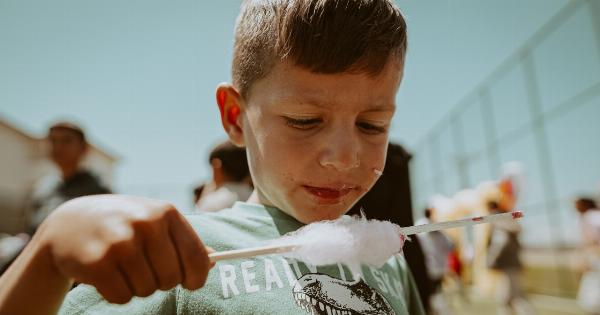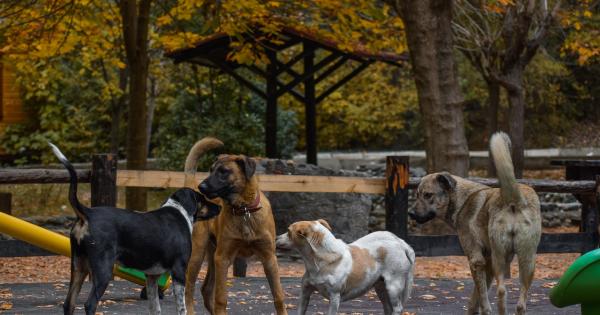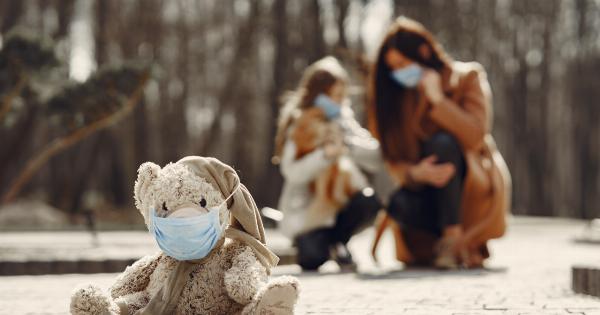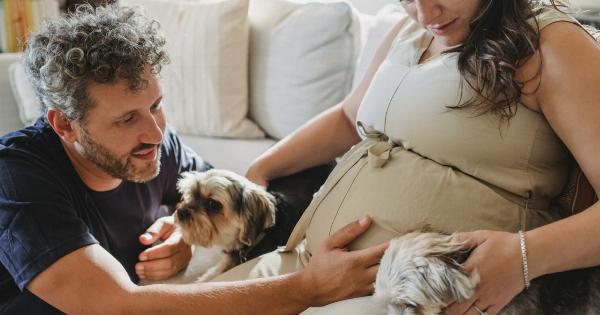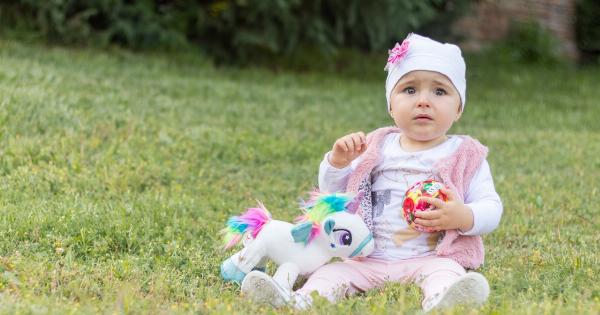Having dogs around children can be a wonderful and rewarding experience for both parties involved. It can teach kids responsibility, empathy, and how to care for another living being.
However, it’s essential to follow some dos and don’ts to ensure the safety and well-being of both the children and the dogs. Here are some guidelines to help you navigate the interactions between dogs and children.
Do: Teach Children Basic Dog Etiquette
One of the first things children should learn about interacting with dogs is the importance of respect. Teach them to always ask for permission before approaching a dog and to let the dog come to them instead of reaching out to pet it.
This allows the dog to decide if it feels comfortable with the interaction.
Don’t: Leave Children Unsupervised with Dogs
Leaving children unsupervised with dogs, no matter how well-behaved the dogs are or how much you trust them, can lead to unfortunate incidents. Even the friendliest dogs can become overwhelmed or react unexpectedly to a child’s actions.
Always have an adult present whenever the child and dog are together to ensure everyone’s safety.
Do: Watch for Signs of Stress
Dogs often exhibit signs of stress when they feel uncomfortable or anxious. Teach your children to recognize these signs, such as lip licking, yawning, tail tucking, or attempting to move away.
If they notice any of these signs, tell them to give the dog some space and avoid further interactions until it feels more at ease.
Don’t: Allow Rough Play
While some dogs may enjoy rough play with older children or adults, it’s important to discourage this behavior around younger kids. Rough play can lead to accidental scratches or nips, even if the dog doesn’t mean any harm.
Encourage gentle interactions and supervise playtime to ensure it remains safe and appropriate for both the child and the dog.
Do: Teach Proper Petting Techniques
Show children how to pet a dog gently and calmly. Teach them to avoid pulling on the dog’s fur or ears and to always approach from the side instead of reaching over the dog’s head.
This gentle approach helps the dog feel secure and comfortable during the interaction.
Don’t: Allow Children to Hug Dogs
While children may want to hug dogs to show affection, it’s crucial to teach them that not all dogs appreciate this gesture.
Many dogs can find hugs restrictive or intimidating, especially if they haven’t been properly introduced or if they are unfamiliar with the child. Instead, encourage children to express their love through gentle petting and play.
Do: Set Boundaries
Establish boundaries for both the child and the dog to ensure a healthy and respectful relationship. Teach your child to respect the dog’s space, especially when it is eating, sleeping, or caring for puppies.
Similarly, make sure the dog understands that certain areas of the house or yard may be off-limits to prevent any conflicts or accidents.
Don’t: Punish Dogs for Reacting to Children
If a dog displays signs of discomfort or reacts negatively to a child’s actions, it’s essential not to punish the dog. Punishment can exacerbate a dog’s fear or anxiety, leading to further negative reactions in the future.
Instead, separate the child and dog, and address the situation by providing appropriate training, positive reinforcement, and seeking professional help if needed.
Do: Involve Children in Care Responsibilities
Teaching children to participate in a dog’s care can foster a strong bond and promote responsible pet ownership. Depending on the child’s age, they can assist with feeding, grooming, or even training the dog with adult supervision.
This involvement helps children understand the needs of their furry friend and develop empathy towards animals.
Don’t: Ignore Any Warning Signs
It’s crucial to take any warning signs from a dog seriously. If a dog growls, barks excessively, or shows aggression towards a child, it’s essential to address the situation immediately.
These warning signs indicate that the dog is feeling threatened or uncomfortable and should not be ignored. Seek professional help from a dog trainer or behaviorist to assess and address the underlying issues.
Conclusion
Interacting with dogs can bring immense joy and valuable life lessons to children. However, it’s vital to follow the dos and don’ts to ensure the well-being and safety of both the child and the dog.
By teaching children dog etiquette, supervising their interactions, and being mindful of each party’s boundaries, a positive and harmonious relationship can be fostered, creating lasting memories for everyone involved.
